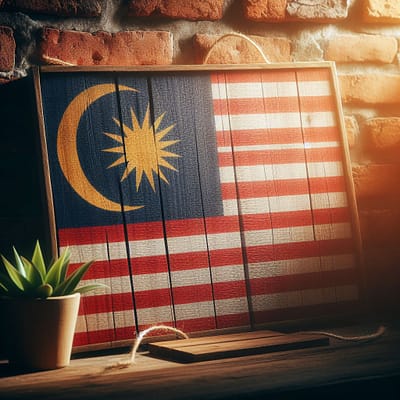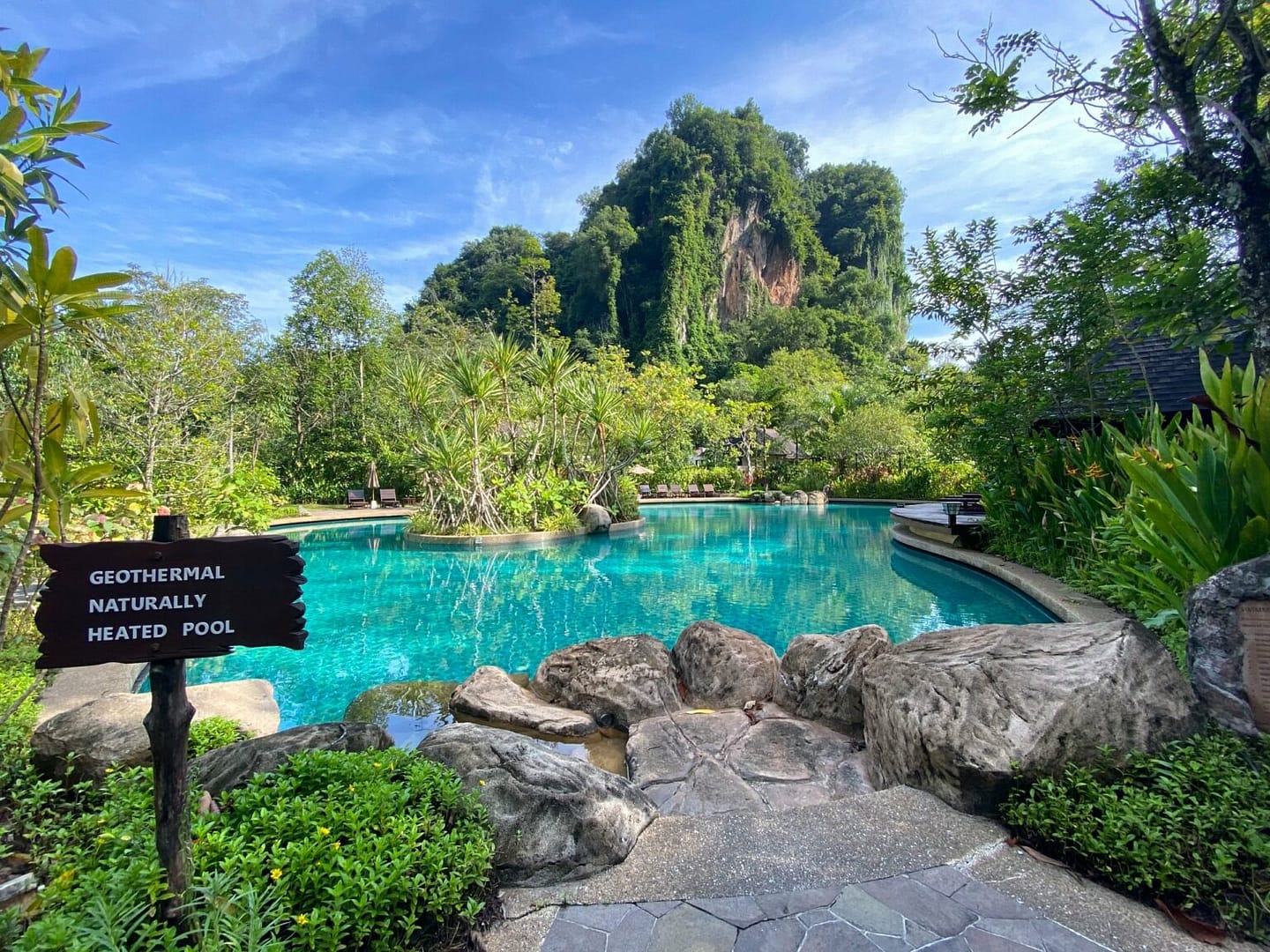Understanding Languages Malaysia
Malaysia, a vibrant Southeast Asian nation, boasts a rich linguistic heritage shaped by its diverse cultural mosaic, including the multifaceted Malaysian religious expressions. From the bustling streets of Kuala Lumpur to the lush rainforests of Borneo, let’s explore the languages Malaysia that resonate across this enchanting land.
Table of Contents
Understanding Languages Malaysia
Malaysia is a linguistically diverse country with over 130 languages spoken. The official language is Malay, also known as Bahasa Malaysia, which is spoken by the majority of the population.
English is also widely spoken and understood, particularly in urban areas and is a compulsory subject in schools. The country is also home to a large number of Chinese and Tamil speakers, primarily among the Malaysian Chinese and Indian communities respectively.
In addition to these, there are numerous indigenous languages spoken by various ethnic groups, particularly in East Malaysia. This linguistic diversity is a testament to Malaysia’s rich cultural heritage.

1. Malay (Bahasa Malaysia)
Malay, also known as Bahasa Malaysia, is the official language of Malaysia. It is the mother tongue of the majority Malay ethnic group. Globally, over 290 million people speak Malay either natively or as a second language.
There are a variety of ten different dialects of this language spoken throughout the country. The official standardized dialect is known as Bahasa.
Malay is a major Malayo-Polynesian member of the Austronesian family of languages that spans from Madagascar in Africa to Hawaii in the United States of America.
Despite the dominance of Malay, Malaysia is a multilingual country with its citizens often being bilingual or trilingual. English is widely understood and spoken, especially within urban areas, and is a compulsory subject in primary and secondary education.
2. Chinese (Bahasa Mandarin)
Chinese is one of the major languages spoken in Malaysia, primarily by the ethnic Chinese community. There are a number of Chinese languages native to the ethnic Han Chinese who originated from Southern China, which include Yue, Min, and Hakka Chinese.
Mandarin, also known as Malaysian Mandarin, is a variety of Mandarin Chinese spoken in Malaysia by ethnic Chinese. It is the lingua franca of the Malaysian Chinese community. Malaysian Mandarin speakers seldom translate local terms or names to Mandarin when they speak.
Apart from Mandarin, other Chinese dialects such as Hokkien, Cantonese, Hakka, Teochew, Fuzhou, Hainanese, and Foochow are also spoken in the country. The dialect spoken often depends on the region. For instance, most of the Chinese in Kuala Lumpur speak Cantonese, those in Penang and Klang speak Hokkien, those in Kota Kinabalu speak Hakka, and those in Johor Bahru speak Teochew.
The Chinese languages now in Malaysia have been influenced by the local culture and languages, resulting in unique dialects and slang.
3. Tamil (Bahasa Tamil)
Tamil is one of the major languages spoken in Malaysia, primarily by the ethnic Tamil community. The majority of the Malaysian Indian populations in Malaysia are from Indian Tamil ethnic groups from Tamil Nadu and Sri Lanka. The bulk of Tamil Malaysian migration began during the British Raj, when Britain facilitated the migration of Indian workers to work in plantations.
Malaysian Tamil, also known as Malaya Tamil, is a local variant of the Tamil language spoken in Malaysia. It is one of the languages of education in Malaysia, along with English, Malay, and Mandarin. There are many differences in vocabulary between Malaysian Tamil and Indian Tamil.
Tamil is an educational language in Malaysia, with more than 500 Tamil medium schools. According to Harold Schiffman, an American researcher into Malaysian Tamils, compared to Singapore, language maintenance is favorable in Malaysia.
4. Indigenous Languages
The indigenous languages of Malaysia belong to the Mon-Khmer and Malayo-Polynesian families. There are over 137 indigenous languages spoken in various parts of the country. These languages are spoken by different ethnic groups, each with its own unique culture and traditions.
In Peninsular Malaysia, the indigenous languages are spoken by the Jahai, Jahut, Jakun, Semai, Mah Meri, Temiar, and Temuan. These languages can be divided into three major language groups: the Negrito, Senoi, and Malayic (also known as Proto-Malay); these can then be further divided into more than 18 subgroups according to their different languages and cultures. Some indigenous languages are taught at the primary level.
In East Malaysia, the largest native languages spoken are the Iban, Dusunic, and Kadazan languages. In Sabah, the languages are spoken by the Kadazan, Dusun, Bajau, and Murut; and in Sarawak, the Iban, Bidayuh, and Melanau. Kazadandusuns and Iban are the most widely spoken indigenous languages in Malaysia, spoken by the people in Sarawak. These two languages have also developed their own educational syllabuses.
Despite the multitude of languages, Malaysia is a multilingual country with its citizens often being bilingual or trilingual. The country has managed to foster a sense of unity and mutual respect among its citizens.
- Iban: Spoken in East Malaysia (Sarawak), the Iban language reflects Borneo’s rich cultural heritage.
- Dusunic: Another native language found in East Malaysia (Sabah).
- Kadazan: Also spoken in Sabah.
- Other Indigenous Languages: Malaysia boasts a staggering 112 indigenous languages.
5. English
English is widely understood and spoken within the urban areas of the country. It is a compulsory subject in primary and secondary education. English is also the main medium of instruction within most private colleges and private universities.
English is reasonably widely spoken in Malaysia, with around 50-60 percent of the population having some level of English skills. You will find English very commonly spoken in Kuala Lumpur and other major cities, and less spoken in rural areas and along the east island of the country.
Malaysia was formerly an English colony before gaining independence in 1957, so some British cultural influences have remained, including the language. Since then, the Malaysian government has made English compulsory in schools in a bid to increase skills and prospects among the younger generations coming up.
Sign Languages Malaysia
Malaysian Sign Language
Bahasa Isyarat Malaysia (BIM), or Malaysian Sign Language, is the principal language of the deaf community in Malaysia The roots of BIM began in 1954 with the founding of the Federation School for the Deaf in Penang. Deaf students from around the country, who came from many different backgrounds, began to develop their own signs to communicate among other students. These signs make up what is known as Penang Sign Language, which is more commonly spoken by older deaf residents of Penang.
In the early 1960s, Mr. Tan Yap, a pharmacist from Johor, took unpaid leave several times to take courses in interpretation and sign language in America. He brought back his knowledge of ASL or American Sign Language with him. From this ASL base, BIM began developing into its current form. It’s also become the base for Indonesian Sign Language or BISINDO. Other dialects of BIM include Selangor or Kuala Lumpur Sign Language, which diverged from BIM and ASL.
Kod Tangan Bahasa Malaysia
KTBM or Kod Tangan Bahasa Malaysia is not a language. Instead, it is a manual coding system that represents the oral language of Bahasa Malaysia in a signed form. KTBM is currently the only form of sign recognized by the Ministry of Education and is used to teach Malay in formal education settings.
There are currently a few places you can go if you want to learn how to sign BIM, whether you’re deaf or hearing. These include YMCA KL Sign Language Courses, Malaysian Federation of the Deaf, The Sarawak Society for the Deaf, RC Deaf Missions, and online resources.
List of Languages Malaysia
Below showing a table that had summarized the languages spoken in Malaysia:
Language | Description |
|---|---|
| Malay | The official and national language of Malaysia. |
| English | Widely understood and spoken, especially within urban areas. |
| Chinese Dialects | Includes Mandarin, Cantonese, Hokkien, Hakka, Hainan, Foochow, and others. |
| Tamil | Primarily spoken by residents of Indian origin. |
| Other Indian Languages | Includes Telugu, Malayalam, Punjabi. |
| Indigenous Languages | Includes Iban, Dusunic, Kadazan, and other indigenous languages. |
| Foreign Languages | Includes Arabic, Bengali, Gujarati, Isan, Karen, Kurdish, Malayalam, Northern Thai, Persian, Punjabi, Southern Thai, Telugu, Thai, Filipino, Indonesian, Japanese, Korean, Vietnamese. |
| Sign Languages | Malaysian Sign Language. |
Conclusion
Malaysia’s linguistic diversity is a testament to its harmonious coexistence of cultures. Whether you’re savoring nasi lemak, exploring Batu Caves, or navigating the bustling markets, the languages of Malaysia weave a colorful narrative that celebrates unity in diversity.
You May Also Like
FAQ
How many languages are spoken in Malaysia?
Over 130 languages are spoken in Malaysia, reflecting its rich cultural diversity.
Is Tamil official language of Malaysia?
Malay (Bahasa Malaysia) holds the distinction of being the official language of Malaysia. It serves as the national language and is the mother tongue of the majority Malay ethnic group. While Tamil is not the official language, it has a significant presence in Malaysia, primarily spoken by the Tamil community. Additionally, English is widely understood and spoken within urban areas, and it is a compulsory subject in primary and secondary education.
Do they speak Chinese in Malaysia?
Yes, Chinese is spoken in Malaysia. The Chinese community, especially in urban areas, converses in Mandarin and various Chinese dialects such as Cantonese, Hokkien, Hakka, Hainan, and Foochow.
Why do Malaysians speak so many languages?
Malaysians’ multilingualism is a fascinating result of their historical, cultural, and social context. Let’s explore why Malaysians embrace a rich tapestry of languages:
Historical Roots:
- Colonial Legacy: Malaysia was under British colonial rule for centuries. English became a lingua franca during this period, influencing language adoption.
- Trade and Migration: Malaysia’s strategic location facilitated trade and migration. Chinese, Indian, and Arab traders brought their languages, enriching the linguistic landscape.
Ethnic Diversity:
- Three Major Ethnic Groups: Malays, Chinese, and Indians form the core ethnic groups. Each group maintains its language and cultural identity.
- Indigenous Languages: Over 100 indigenous languages thrive, reflecting Borneo’s diverse tribal communities.
Education System:
- Multilingual Education: Schools teach Malay, English, and sometimes Mandarin or Tamil. Students grow up navigating multiple languages.
- Code-Switching: Malaysians seamlessly switch between languages (code-switching) in daily conversations.
- Unity in Diversity: Multilingualism fosters understanding and tolerance among diverse communities.
- Language as a Bridge: Speaking multiple languages bridges gaps and promotes inclusivity.
Economic and Cultural Factors:
- Business and Trade: English and Mandarin are vital for international business.
- Cultural Celebrations: Festivals like Chinese New Year, Deepavali, and Hari Raya involve language-specific rituals.
Pragmatism and Utility:
- Job Market: Proficiency in multiple languages enhances job prospects.
- Tourism: Malaysia’s tourism industry benefits from language diversity.
References
- The Vitality of Minority Languages in Malaysia on JSTOR
- History of Malaysian Education System1824 to 2025.pdf (iab.edu.my)
- Learn Bahasa Malaysia – Education Malaysia Global Services
- Languages in Malaysia (mm2h.com)
- Languages of Malaysia – Wikipedia
- Malaysian Mandarin – Wikipedia
- Tamil Malaysians – Wikipedia
- Malaysian Sign Language – Wikipedia
- No, Chinese Malaysians Don’t ALL Speak “Chinese” (therakyatpost.com)
- What Languages Are Spoken In Malaysia? – WorldAtlas
- Creating awareness of indigenous languages (nst.com.my)
- National Identity and Minority Languages | United Nations
- Languages in Malaysia – What Languages are Spoken in Malaysia? (holidify.com)
- Learning Malaysian Sign Language/BIM – MIND
- Sign Language Courses | YMCA (ymcakl.com)


Pingback: Ethnic Composition of Malaysia - MsiaBuzz
Pingback: Malaysian Religious - MsiaBuzz